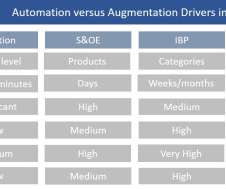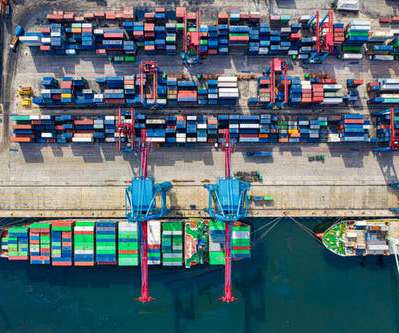Top 5 Use Cases of New-age Demand Planning and Forecasting Solutions
ThroughPut
APRIL 20, 2023
How can demand planning match the pace of market dynamics? How can AI-powered tools and solutions enable success in this new reality? The Top 5 Use Cases of AI-powered Demand Planning and Forecasting Solutions 1. The key questions here for CSCOs are: How can they make accurate real-time decisions?
















Let's personalize your content